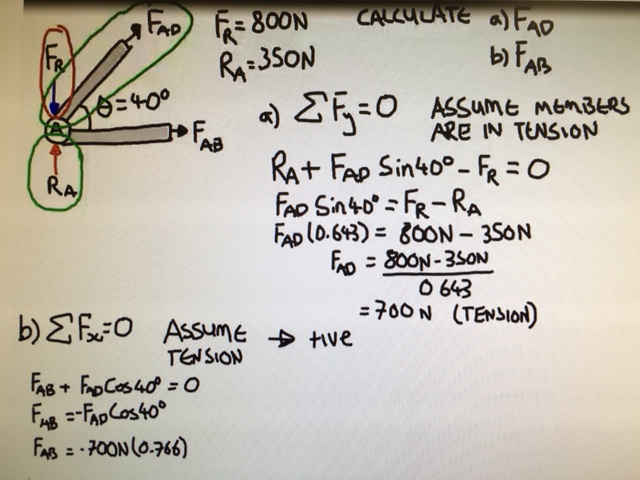“Flipped learning” was used to spend less classroom time on theory and more time on the practice and development of broad phonetic transcription skills in undergraduate and postgraduate English phonetics and phonology lectures. The undergraduate classes comprised of home students for whom English is their first language, whereas the postgraduate classes comprise largely overseas students for whom English is a second or foreign language. The data are for two separate year groups in each case and compare performance in two different transcription passages each used in flipped and non-flipped years. The results show general improvement in the final dictation assessment for both groups in flipped years compared with non-flipped years, although there is more improvement for the undergraduates than for the postgraduates for one of the passages and, in the other, the postgraduate marks worsened. Positive feedback from students to the flipped learning approach included:
‘Flipped learning is perfect for this subject area’
‘The approach allows students to watch your lectures in their own time, and at their own pace.’
‘It is useful to be able to stop the vodcast/lecture at tricker points and either watch the slide again, take more notes or do more reading around the point.’
‘We were able to spend time discussing any questions people had in class and then move onto transcription practice for the upcoming exam.’
‘I would rather do the transcription in class with the support of classmates and the lecturer than alone at home.’
‘Flipped learning is brilliant’
For an example of Jane’s ‘flipped’ learning lectures please follow this link https://www.youtube.com/watch?v=kIAmqXF6bBE
Monthly Archives: January 2016
The ‘Patient voice’ in the School of the Built Environment
Dr Timothy Lees, School Director of Teaching and Learning in the School of the Built Environment shares his experience of Screen capture:
‘Using screen capture technology as part of the teaching approach in construction science provides the students with a ‘patient voice’. The screencasts are used to demonstrate full worked solutions to tutorial problems students have already attempted both individually and then in groups. Each step in the calculation is explained and students benefit from being able to pause, rewind and re-listen as many times as they need to the solutions. Student satisfaction in the module has been high since the screencasts were introduced and the approach augments traditional delivery techniques such as lectures and tutorials. They also provide a very efficient way to support students in their developments, particularly in the area of maths, empowering the students to take ownership of their own learning and reducing the burden on the module delivery team.’



